Introduction
As the art world continues to evolve, the debate between digital art and traditional painting has taken center stage in Australia. This artistic evolution is not just a matter of preference; it reflects broader cultural, economic, and technological trends that are reshaping the creative landscape. Did you know that digital art is transforming the way Australians engage with art, with some predicting it could surpass traditional forms in popularity within the decade? Let's explore what's driving this shift and what it means for artists, collectors, and the economy in Australia.
Understanding the Rise of Digital Art in Australia
In recent years, digital art has gained significant traction in Australia, fueled by advancements in technology and a growing appreciation for digital creativity. According to the Australian Bureau of Statistics (ABS), digital content creation has seen a 30% increase in participation over the past five years. This growth is partly due to the accessibility of digital tools and platforms that allow artists to reach global audiences without the traditional barriers of physical galleries.
Moreover, the advent of NFTs (non-fungible tokens) has revolutionized how digital art is sold and collected, providing artists with new revenue streams. A report by Deloitte highlights that the global NFT market is expected to grow by 40% annually, with Australia being a significant player in this expansion. This trend not only democratizes the art world but also offers artists more control over their work and its distribution.
Case Study: Beeple's Influence on Australian Artists
Problem: Traditional Australian artists faced challenges in gaining international exposure and fair compensation for their work.
Action: Inspired by Beeple, a digital artist who sold an NFT for $69 million at Christie’s, Australian artists began exploring digital platforms to showcase their work internationally. They leveraged platforms like OpenSea and Mintable to mint NFTs and engage with a global audience.
Result: Within a year, several Australian artists reported a 50% increase in international sales and collaborations. Notably, Sarah Main, an Australian digital artist, saw her revenue double after adopting NFTs.
Takeaway: This case study underscores the potential of digital platforms in expanding market reach and enhancing revenue for Australian artists. As digital art continues to gain traction, artists in Australia can leverage this medium to break free from traditional constraints and explore new creative and financial opportunities.
Pros and Cons Evaluation
Pros of Digital Art:
- Accessibility: Digital art platforms enable artists to display their work globally without the need for physical gallery spaces.
- Innovative Revenue Streams: Through NFTs, artists can receive royalties on secondary sales, providing ongoing income.
- Environmental Impact: Digital art reduces the carbon footprint associated with traditional art materials and shipping.
- Creative Freedom: Digital tools offer endless possibilities for creativity, allowing for dynamic and interactive art forms.
Cons of Digital Art:
- Market Volatility: The NFT market is still nascent and can be highly speculative, posing risks for artists and collectors.
- Tech Dependence: Digital art requires a reliance on technology and platforms, which may pose challenges for less tech-savvy artists.
- Authenticity Concerns: Issues regarding provenance and originality can arise with digital reproductions.
Traditional Painting: A Timeless Art Form
Despite the rise of digital art, traditional painting remains a beloved and vital part of Australia's cultural heritage. The tactile experience and historical significance of traditional art forms continue to attract collectors and enthusiasts. According to the Reserve Bank of Australia (RBA), the traditional art market in Australia saw a steady growth of 5% annually, indicating its enduring appeal.
Case Study: The Archibald Prize
Problem: The Archibald Prize, one of Australia’s most prestigious art awards, faced challenges in attracting younger audiences amid the digital shift.
Action: The event incorporated digital elements, such as virtual tours and interactive online exhibitions, to engage with a broader audience.
Result: The 2022 Archibald Prize saw a record number of virtual attendees, with a 20% increase in overall engagement compared to previous years.
Takeaway: This case study highlights the importance of blending traditional art with digital innovations to broaden audience reach and enhance engagement, ensuring the relevance of traditional art forms in a digital age.
Common Myths and Mistakes
Myth: "Digital art lacks the authenticity of traditional art."
Reality: Digital art offers unique authenticity through blockchain technology, ensuring provenance and originality.
Myth: "Traditional art is outdated and irrelevant."
Reality: Traditional art continues to thrive in Australia, driven by cultural significance and a strong collector base.
Biggest Mistakes to Avoid
- Ignoring Digital Trends: Artists who dismiss digital platforms may miss opportunities for global exposure and sales.
- Overlooking Sustainability: Traditional artists should consider sustainable practices in their work to align with growing environmental concerns.
Future Trends and Predictions
As Australia navigates the digital transformation of the art world, both digital and traditional forms are poised to coexist and complement each other. By 2030, it is expected that the lines between digital and traditional art will blur, with hybrid forms emerging as prominent expressions of creativity. This evolution will likely be driven by advancements in augmented reality (AR) and virtual reality (VR), offering immersive art experiences that bridge the gap between digital and physical realms. According to a report by CSIRO, the integration of AR and VR in art is projected to grow by 25% annually in Australia, enhancing the way art is experienced and appreciated.
Conclusion
The debate between digital art and traditional painting in Australia is not just about preference; it reflects broader cultural and technological shifts that are reshaping the creative landscape. Both forms offer unique advantages and challenges, and their coexistence presents exciting opportunities for artists, collectors, and the economy. As digital platforms continue to democratize the art world, Australian artists are well-positioned to embrace these changes and explore new creative frontiers.
Call to Action: Whether you're an artist or an enthusiast, consider exploring both digital and traditional art forms to enrich your understanding and appreciation of Australia's diverse artistic landscape. Join the conversation on LinkedIn or share your thoughts in the comments below. How do you see the future of art evolving in Australia?
People Also Ask
- How does digital art impact the Australian economy? Digital art contributes to economic growth by creating new revenue streams through NFTs and global exposure for artists.
- What are the biggest misconceptions about digital art? A common myth is that digital art lacks authenticity. However, blockchain technology ensures provenance and originality.
Related Search Queries
- Digital art trends in Australia
- Traditional vs. digital art market analysis
- Impact of NFTs on Australian artists
- Augmented reality in art
- Future of art exhibitions in Australia
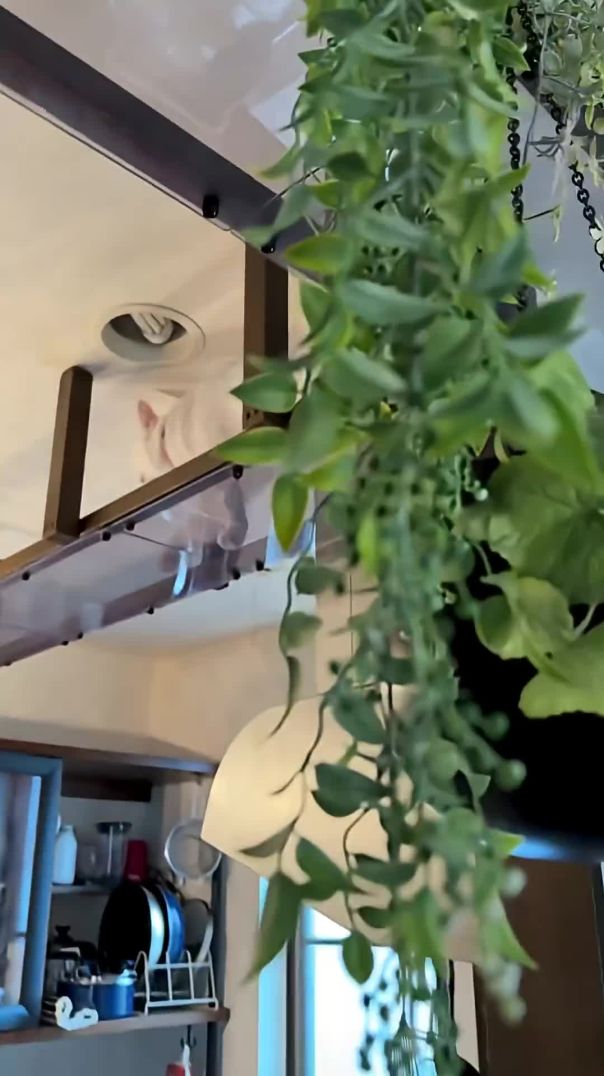
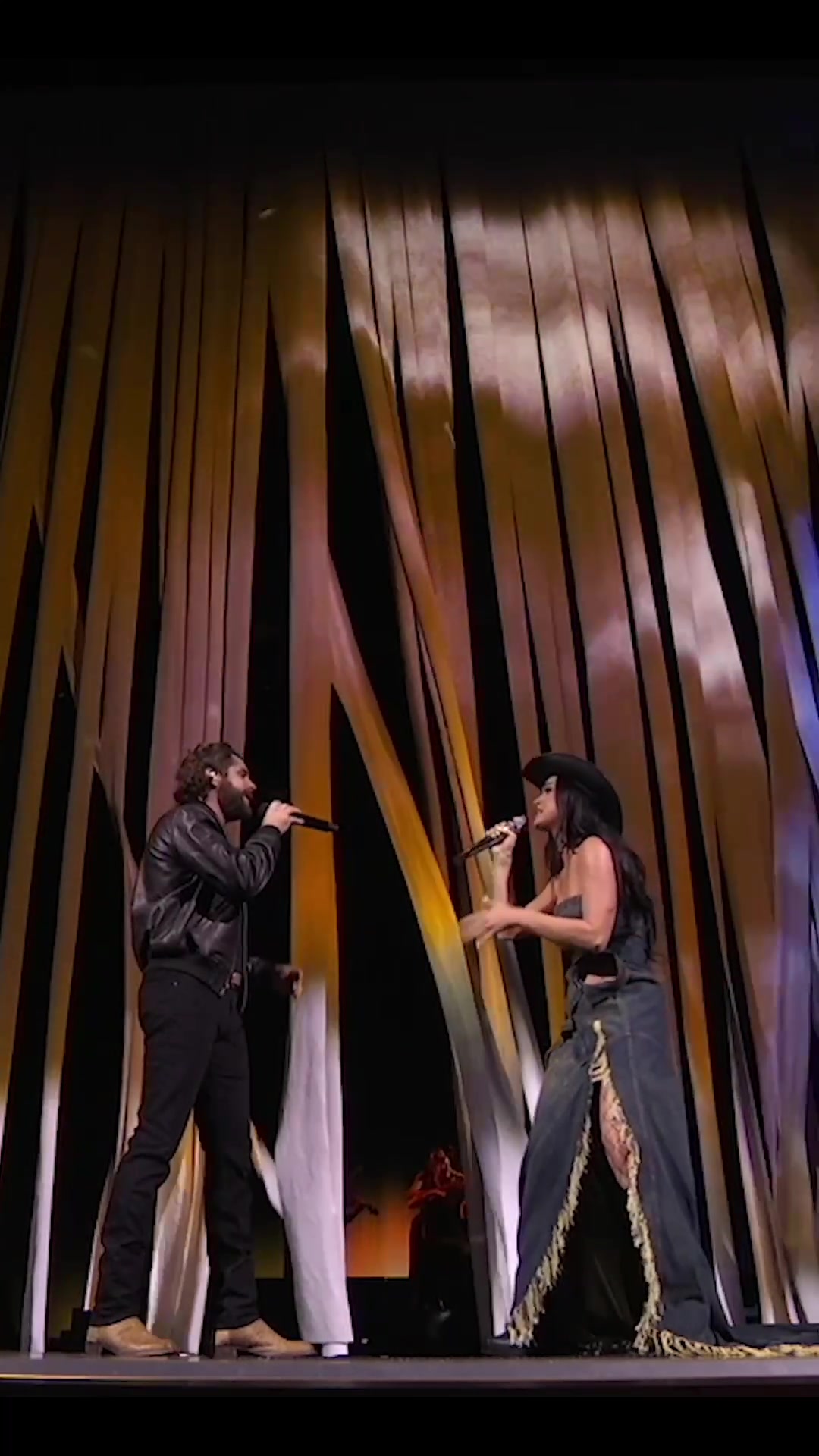
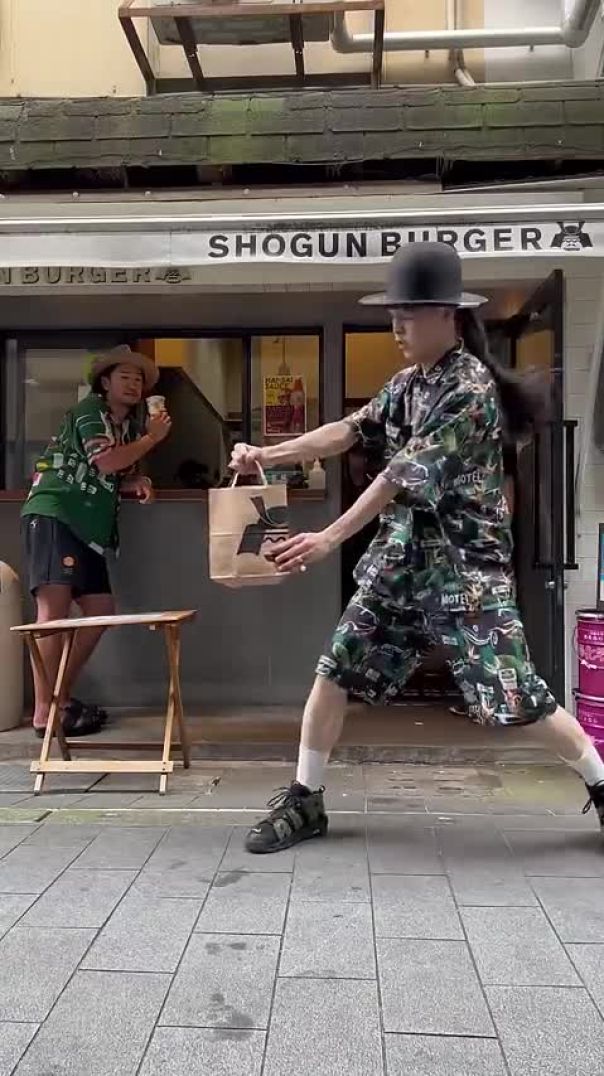



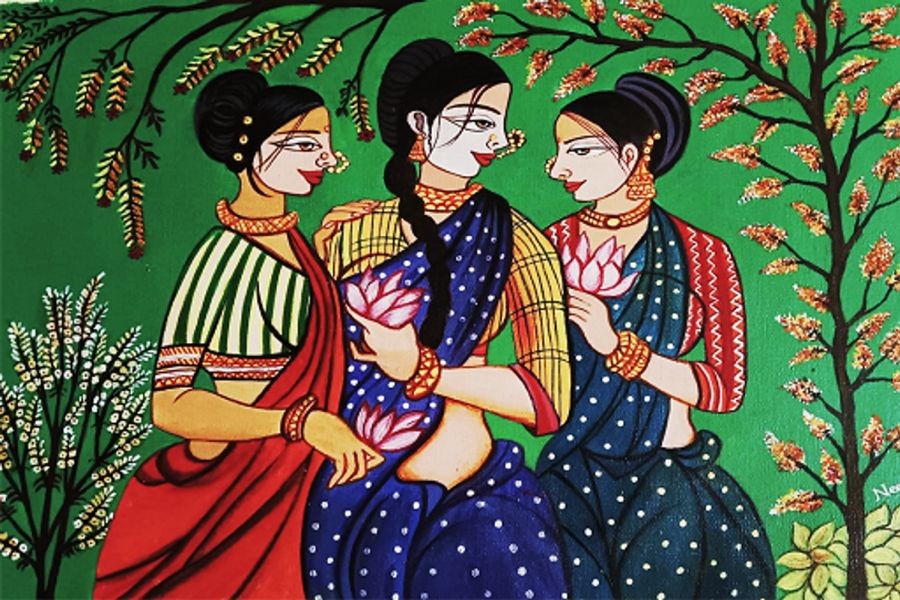




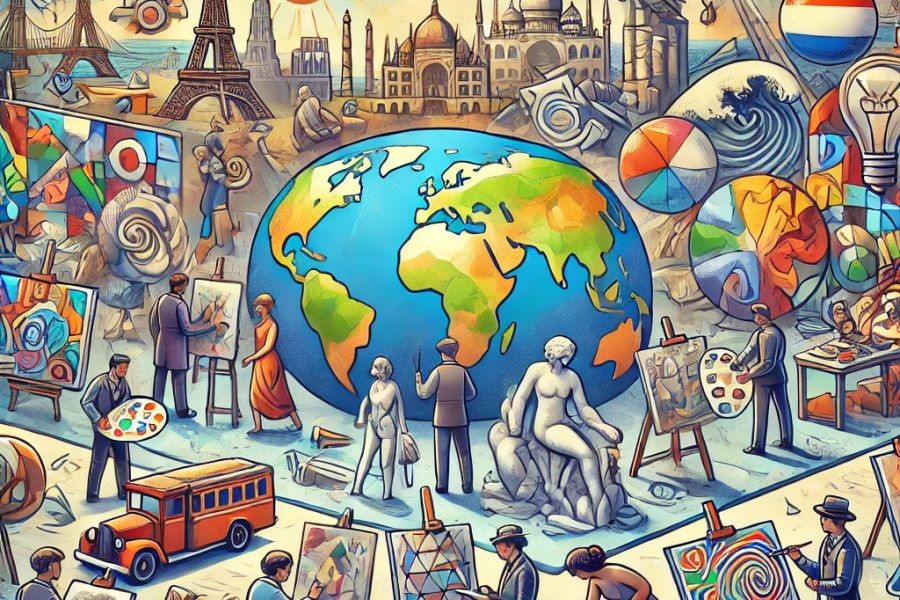
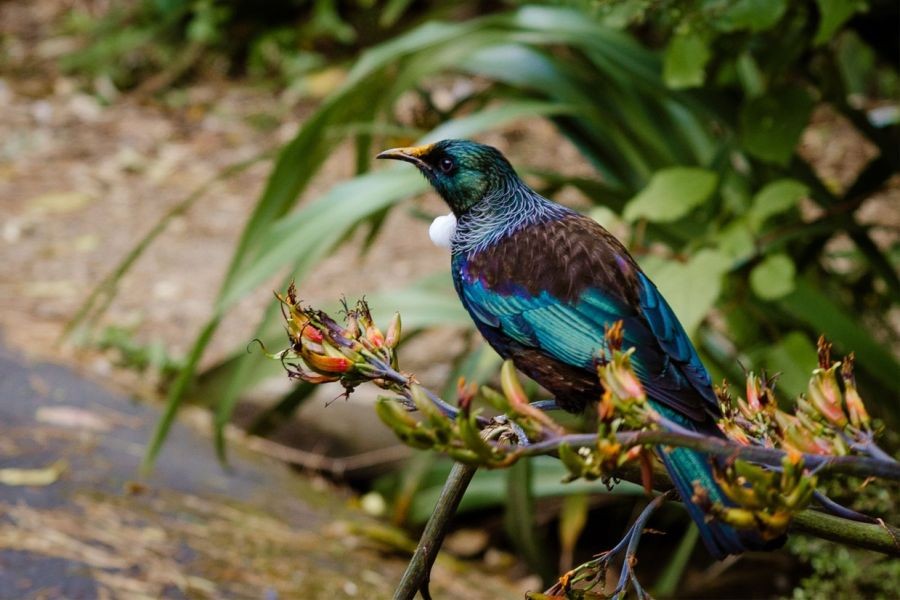
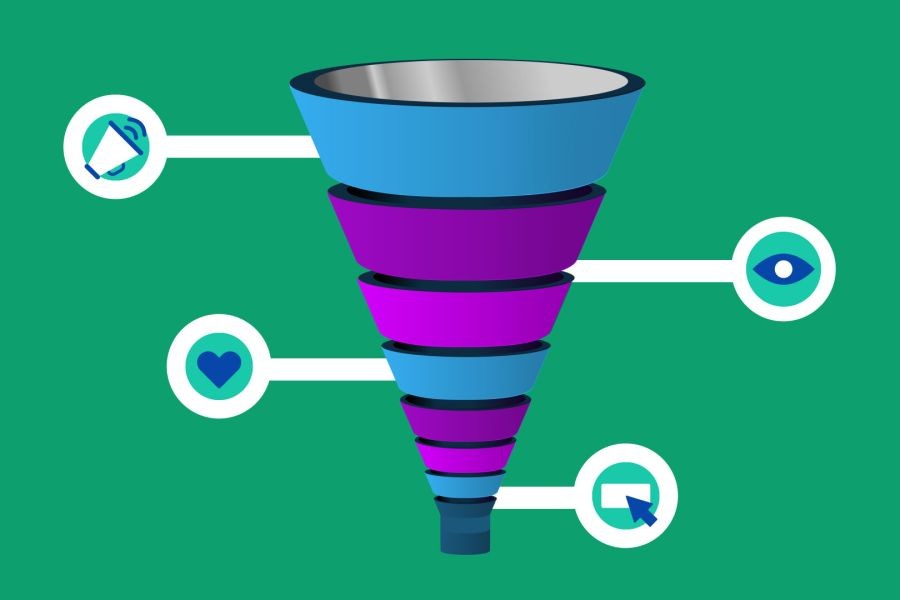
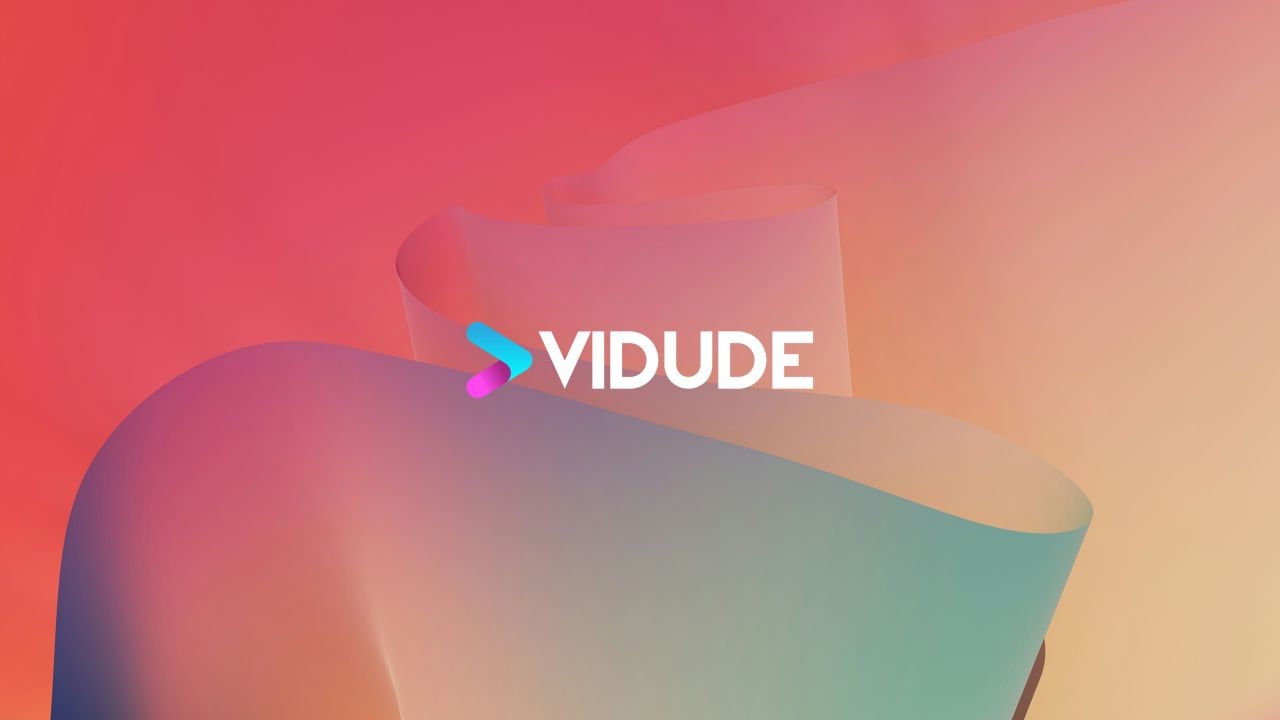

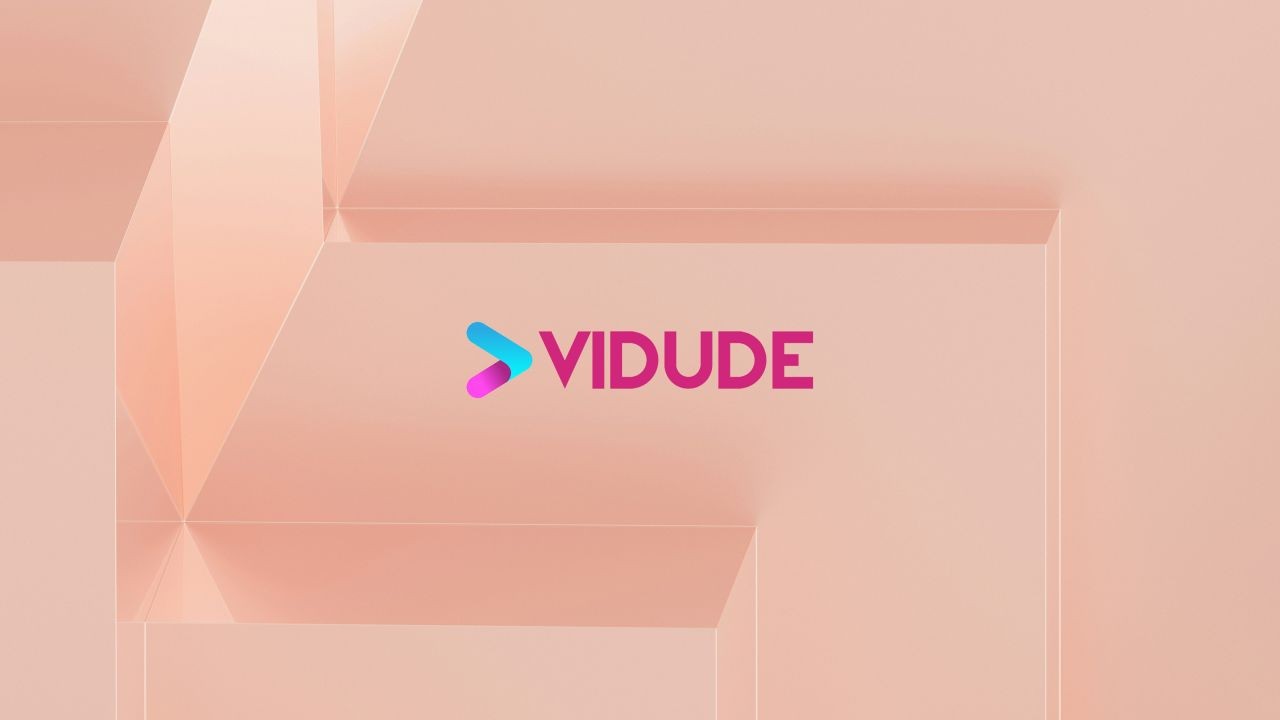


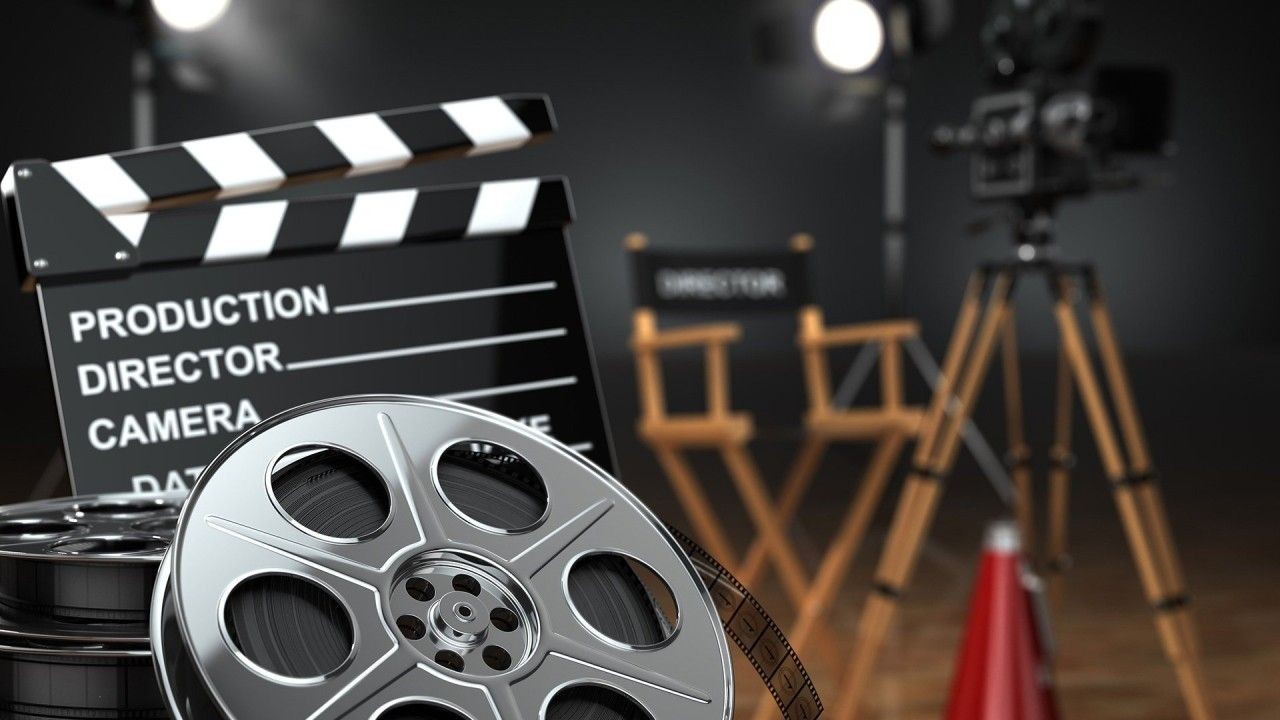
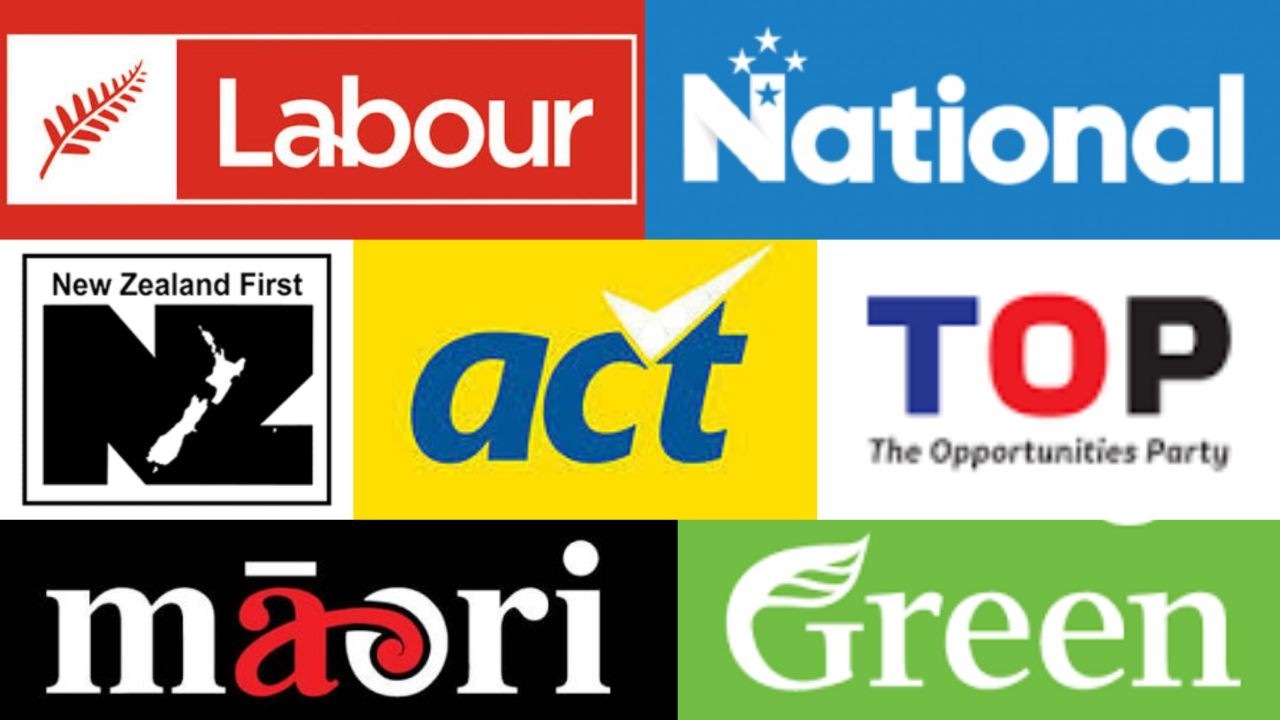




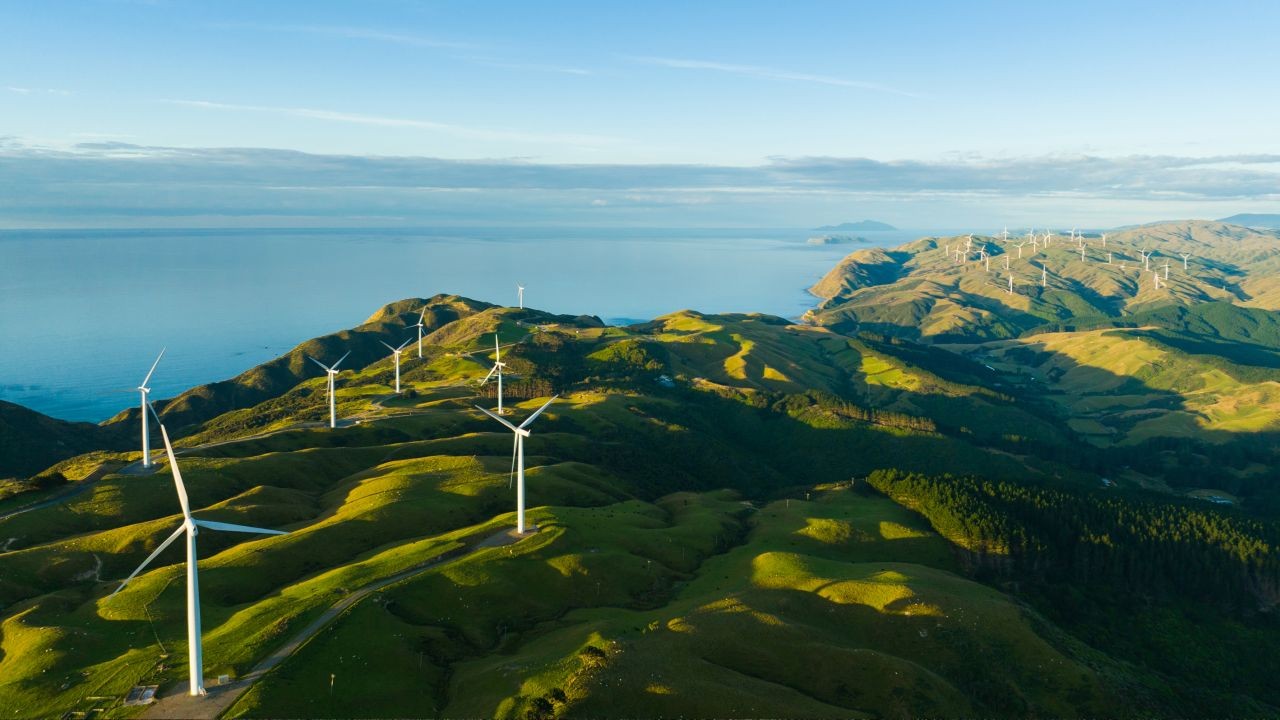

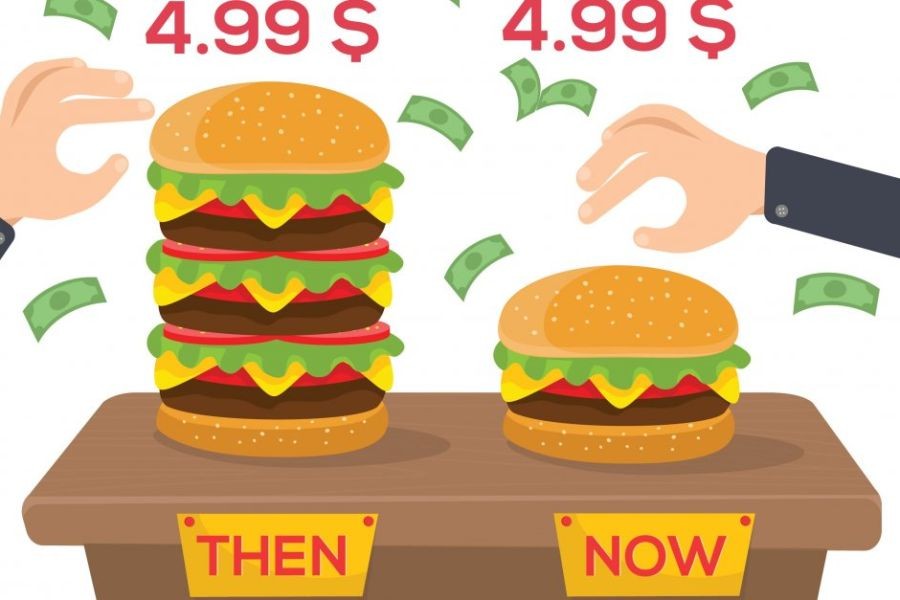



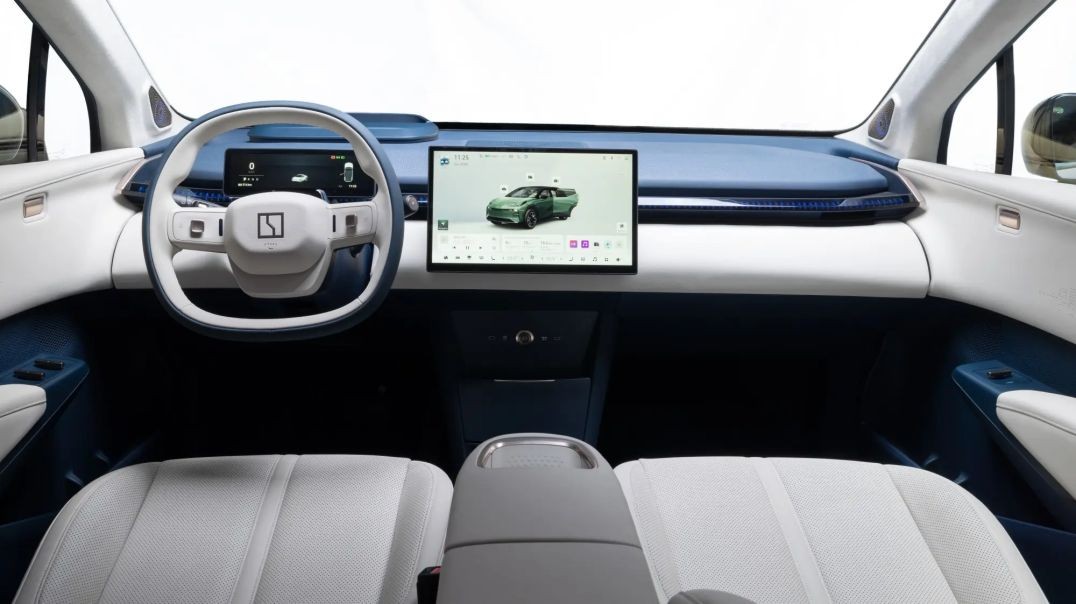

MariaBarna
7 months ago